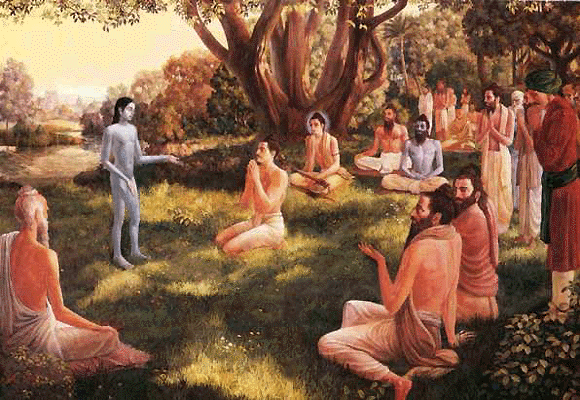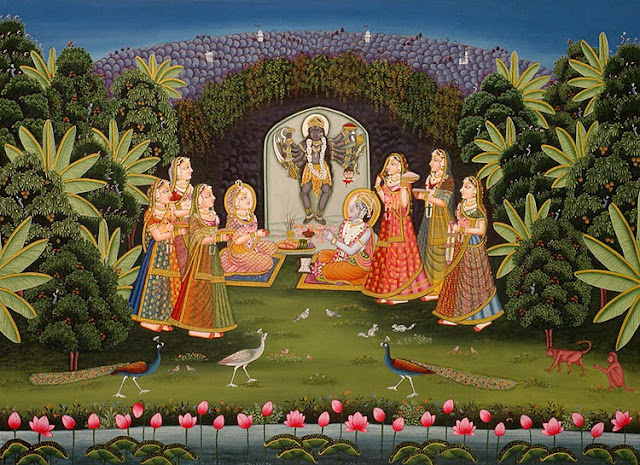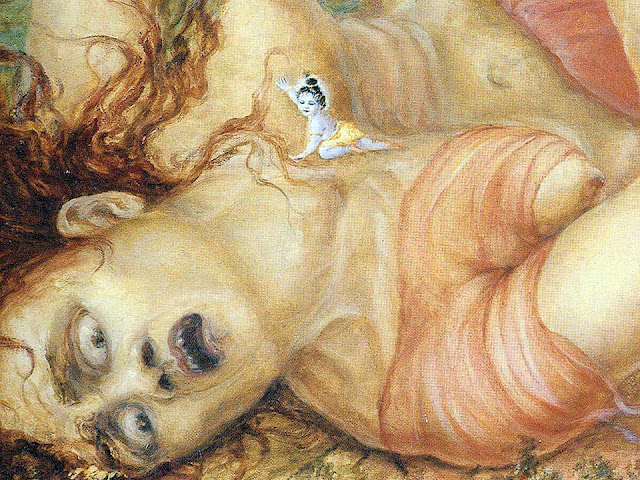Priti Sandarbha 7.1 : Two Kinds of Sākṣāṭkāra: Pureness of Heart Is the First Qualification
Had a really great rainstorm last night, power and internet were down pretty much since last night. So that is why this took so long to load. I have been slowly building my daily schedule around this evening class. This slowly is moving towards a first night schedule, where I am most active in the late evening. I still got up early this morning, but it was the first time in several days. Anyway, the day is basically spent preparing for the class which I will now give at night. So hopefully I can get into an infallible rhythm at least for the duration of this work. Actually I am really quite excited by going a little more public with these videos. I know that there are two or three bhaktas now who are following regularly, so I appreciate that there are some out there who go for the esoteric bhakti philosophy of Jiva Goswami. This new section is primarily about bhagavat-sākśāṭkāra, which has now been equated to mukti. And so there is some vicāra to be done on the subject. You see




